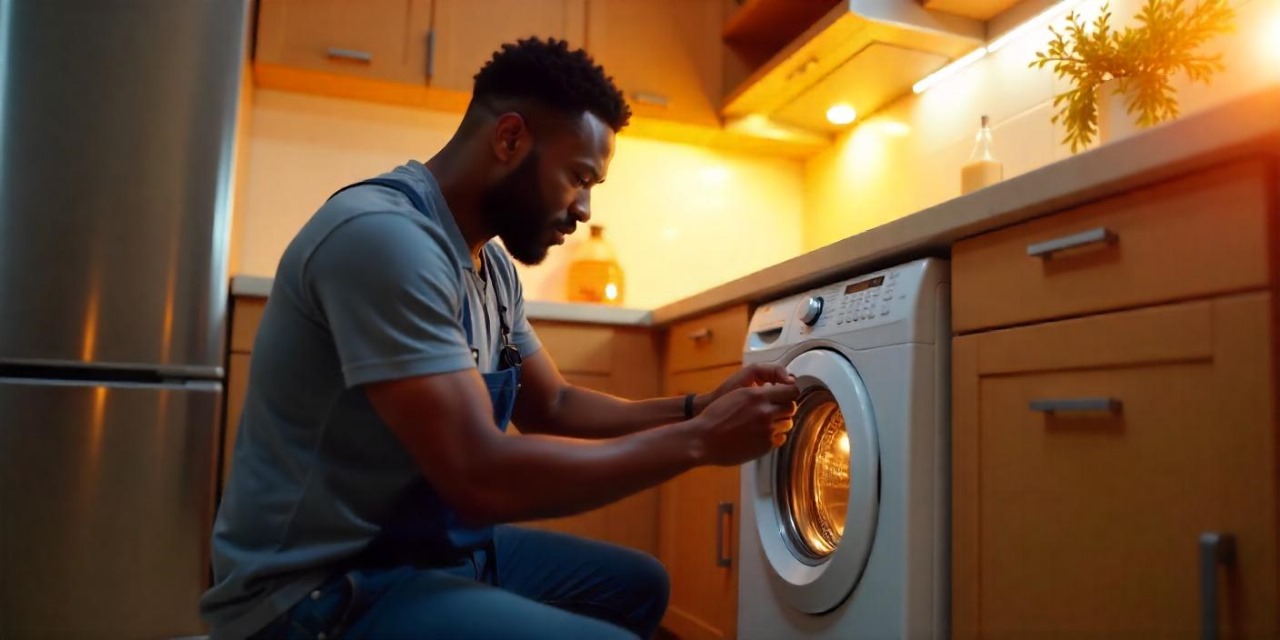Understanding Carbon Monoxide Detector Beeping: Causes and Solutions

Strong8k brings an ultra-HD IPTV experience to your living room and your pocket.
A carbon monoxide (CO) detector is a vital device in homes and businesses, alerting occupants to the presence of this colorless, odorless gas. If your CO detector starts beeping, it's crucial to understand why and what actions to take. Carbon monoxide can be deadly, so prompt attention to a beeping detector is essential. This article explores the reasons behind CO detector beeping and provides helpful tips on how to respond.
What is Carbon Monoxide and Why is it Dangerous?
Carbon monoxide (CO) is a toxic gas that is produced by burning fuel, such as in gas stoves, fireplaces, furnaces, or vehicles. When inhaled, CO can interfere with the body's ability to carry oxygen, leading to symptoms such as headaches, dizziness, confusion, and, in extreme cases, death. CO detectors are designed to monitor the levels of this gas in your home, alerting you to dangerous concentrations before they reach a life-threatening level.
Why is My Carbon Monoxide Detector Beeping?
If your CO detector is beeping, it is signaling one of several potential issues:
Carbon Monoxide Alarm
The most serious reason for beeping is the detection of high levels of carbon monoxide in your home. If the detector sounds an alarm, it means that the CO concentration is dangerous and you need to take immediate action.
Low Battery
A common cause of beeping is a low battery. Many CO detectors emit a short, intermittent beep to alert you when the battery needs to be replaced or recharged.
End of Life Alert
CO detectors have a lifespan of about 5 to 7 years, depending on the manufacturer. When the detector reaches the end of its life, it will emit a beep or chirp at regular intervals to notify you that it's time to replace the unit.
Malfunction or Error
Occasionally, a CO detector may beep due to a malfunction or a sensor error. In this case, the beep may be constant or intermittent, signaling the need for inspection or replacement.
Environmental Factors
Sometimes, environmental factors such as humidity, dust, or extreme temperatures can cause a CO detector to beep without the presence of dangerous carbon monoxide levels. It’s important to ensure that the detector is properly installed and maintained.
How to Respond to a Beeping Carbon Monoxide Detector
1. Check for Carbon Monoxide in the Air:
Immediate Action: If the beeping is due to a CO alarm, evacuate the building immediately. Open windows and doors to ventilate the area. Do not attempt to find the source of the CO or turn off the detector.
Call Emergency Services: After evacuating, call your local emergency number to report a possible CO leak. They can send professionals to assess the situation and resolve the issue.
2. Replace the Battery or Check Power:
Low Battery Warning: If the beeping is intermittent, it is likely due to a low battery. Replace the battery with a fresh one. Make sure to test the detector afterward to ensure it is functioning properly.
3. Replace the Detector:
End of Life: If the CO detector has reached the end of its life, it’s time to replace it with a new one. Be sure to follow the manufacturer’s guidelines for installation.
4. Check for Malfunctions:
Inspection: If the beeping persists after addressing the battery or age of the unit, the detector may be malfunctioning. Try resetting the unit (refer to the manual), and if it continues to beep, it may need to be replaced.
5. Ensure Proper Installation:
Placement: Make sure the detector is placed correctly. It should be installed near sleeping areas, but not directly in bathrooms or kitchens where steam or cooking fumes could trigger false alarms.
Preventing False Alarms in Your Carbon Monoxide Detector
To avoid false alarms and ensure your detector is working properly, follow these tips:
Proper Installation
Place the CO detector on every floor of your home, especially near bedrooms. Avoid placing it near vents, windows, or fans that could cause incorrect readings.
Regular Maintenance
Test the detector monthly by pressing the "test" button to ensure it’s working. Clean it periodically to remove dust and debris that could interfere with the sensor.
Replace Batteries Annually
Even if the battery is not low, replace it annually. This ensures that the detector is always ready in case of an emergency.
Replace Detectors Every 5-7 Years
CO detectors have a limited lifespan. Be sure to replace them as recommended by the manufacturer, typically every 5-7 years.
Conclusion
A beeping carbon monoxide detector should never be ignored. If your detector is sounding an alarm, it could be a life-saving signal that there is dangerous CO in your home. Always prioritize safety by evacuating immediately and contacting emergency services. If the beeping is due to a low battery, end-of-life signal, or malfunction, address the issue promptly to ensure continued protection. Regular testing, maintenance, and proper installation can help ensure your detector functions effectively and provides peace of mind for you and your family.
Get smarter responses, upload files and images, and more.
Note: IndiBlogHub features both user-submitted and editorial content. We do not verify third-party contributions. Read our Disclaimer and Privacy Policyfor details.







